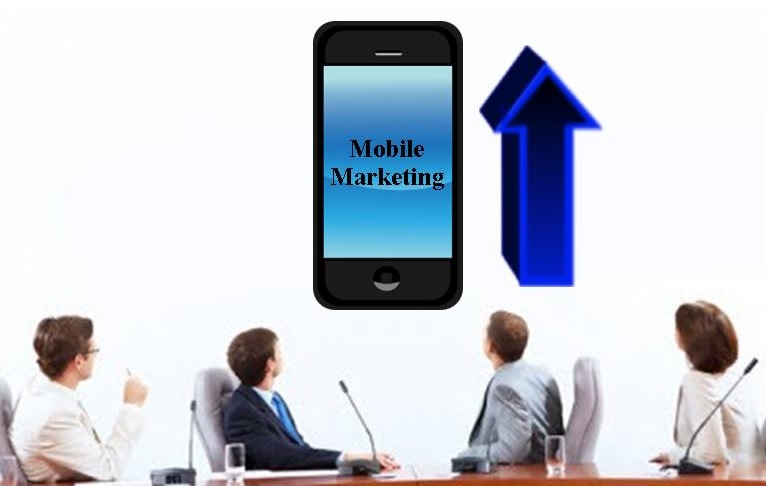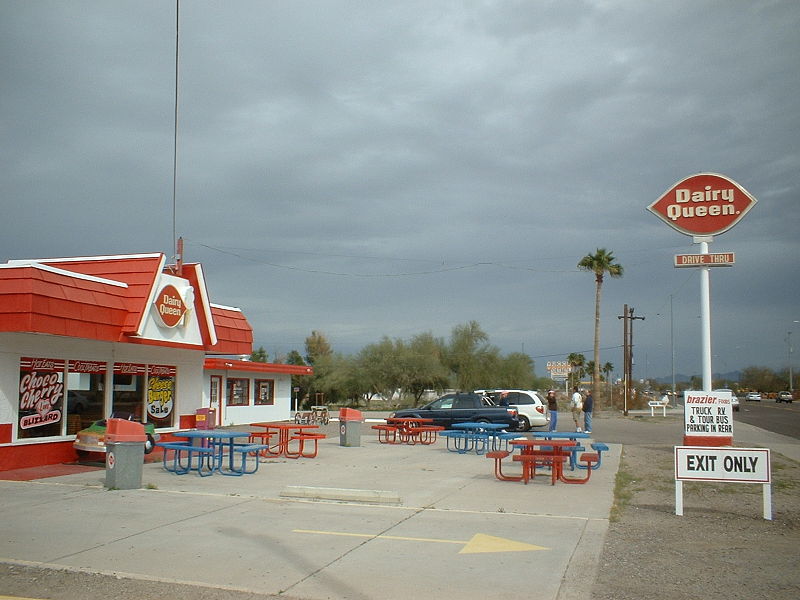The company has made yet another purchase that has moved it further into the smartphone advertising sphere.
IBM has just announced that its purchasing spree has continued with its acquisition of Xtify, a mobile marketing company, which it has obtained for an undisclosed sum.
The company explained that the deal would give digital advertisers better interaction opportunities.
IBM explained that it would help mobile marketing companies to be able to increase their ability for interaction with consumers over mobile platforms through the use of in-app capabilities. This involves options such as running competitions, alerting customers regarding new promotions, and adding content to the apps themselves. The technology will be available within the Smarter Commerce offerings suite from IBM.
The acquisition of Xtify brings IBM mobile marketing for a number of sizeable customers.
 Along with the purchase of mobile marketing opportunities with Xtify, IBM will also be receiving a number of that smaller company’s notable customers, which include 20th Century Fox and Disney Stores.
Along with the purchase of mobile marketing opportunities with Xtify, IBM will also be receiving a number of that smaller company’s notable customers, which include 20th Century Fox and Disney Stores.
The vice president for digital marketing at IBM, Kevin Bishop, explained that the track record at Xtify for meeting agendas for mobile marketing is an ideal complement to the portfolio of offerings that are already available at IBM. He said that “With the increase of mobile devices, organisations across all industries are anxious to develop a mobile approach to engage their customers. The acquisition of Xtify provides new ways for our clients to foster a direct, one-to-one communication channel with their customers.”
The CEO of Xtify, Josh Rochlin, stated that he felt that bringing his company into IBM will provided them with the chance to meet a far wider range of customer needs than has ever been possible for that business. He said that the capability for mobile marketing and messaging at Xtify, in combination with the cloud infrastructure and analytics at IBM will give marketers a tremendous arsenal of rich content at with a global reach for informing and influencing a growing number of consumers who regularly use smartphones and tablets.
He went on to point out that the best time to provide mobile marketing content to customers is at exactly the time and place that they are seeking it. This acquisition greatly enhances ad relevancy.

 In order to implement this
In order to implement this 